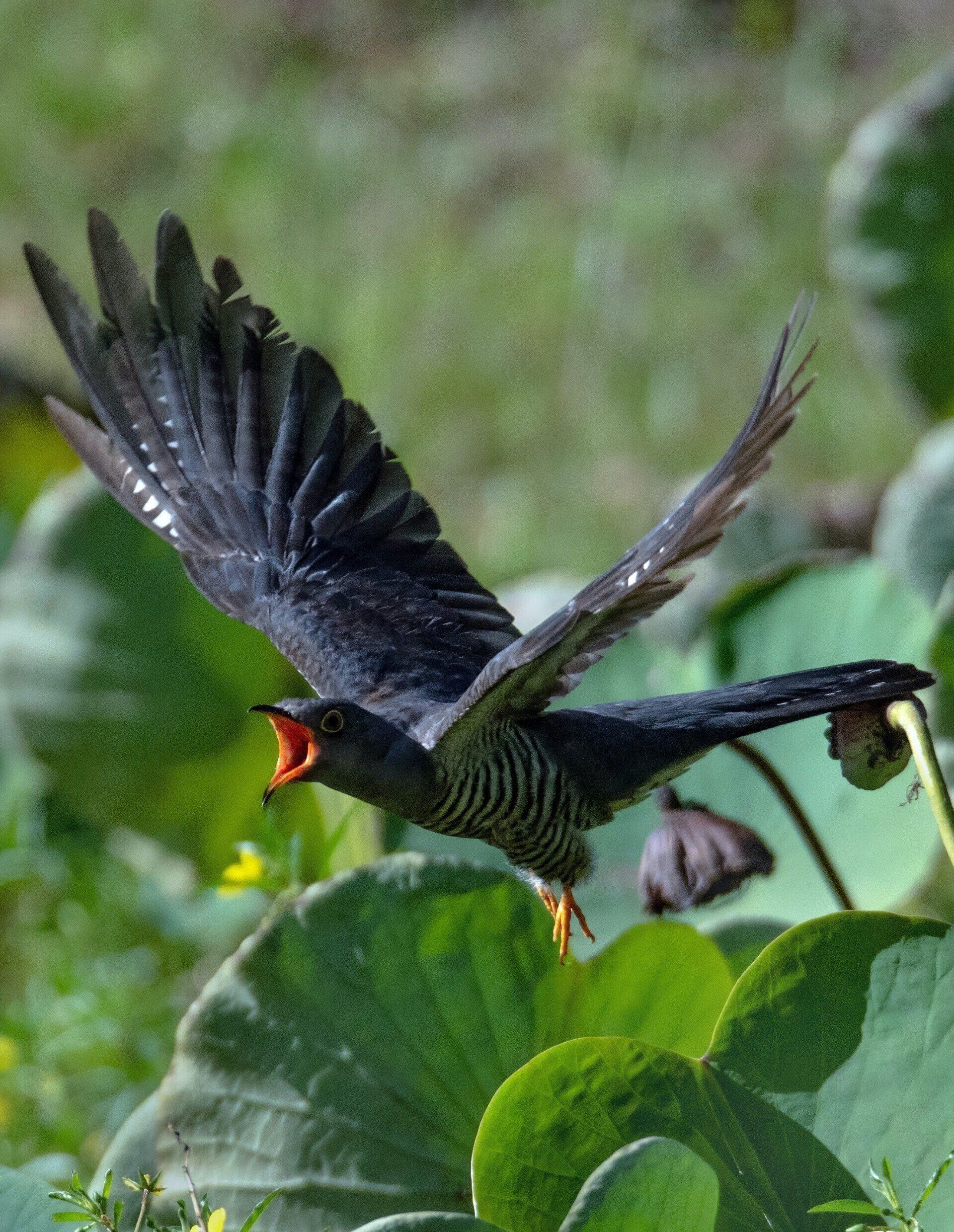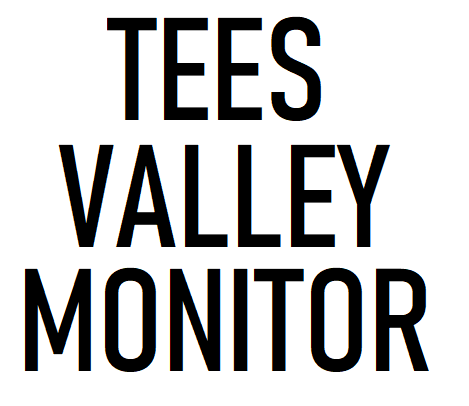One Fell Over
The Cuckoo’s Nest:
RSPB Runs Fowl
of Houchen


Left: Photo by David Clode on Unsplash Right: Ongoing construction Work at South Bank Quay
Scott Hunter
17 September 2022
Saturday, 3 September, and Tees Valley Mayor, Ben Houchen is getting a little upset. Too many people have got something to say about dredging the Tees and it’s time to put a stop to it. Too many people have been sending him copies of the press statement by The Royal Society for the Protection of Birds, saying dredging in the Tees should cease until the cause of crustacean die-off has been properly established, and asking him what he’s going to do about it. And so, he takes to Facebook to set the record straight. Or not straight, as the case may be.
Before we go any further, we should make it quite clear that people at RSPB, not known for their militancy, are a little upset at the idea that they might be seen to being critical of Houchen. We have been speaking to them this week and they have been at pains to point that out. What we, in return, have been trying to point out to them is that this is not the way Houchen sees it.
Start with the Background
Alarmed by the ongoing environmental catastrophe in and around the Tees and the inconclusive result of Defra’s investigation, RSPB, in early August, issued the following statement:

The first paragraph is factually accurate, and the second would not be out of place in any consultation document on the die-off that RSPB might have been asked to contribute to. It’s the kind of thing that might be expected of them as stakeholders in the management of the ongoing disaster.
Except that the statement wasn’t buried in some consultation document that hardly anyone will ever read. It went out on social media, and immediately caused a flutter of excitement. At TVM, our Twitter feed was bombarded with retweets of it for days. And, as it appears, not only ours. It also made an appearance in Houchen’s inbox, where, as subsequent events have clearly demonstrated, it was not well received.
For the Algal Bloomers, of whom Houchen is one, an explanation had already been given, and it wasn’t to do with dredging or pollution. The die-off had happened last October, and nothing had happened since. All over. Done and dusted. Case closed.
Now he’s got these people and their ‘alternative underlying cause’ for the die-off. It was bad enough trying to deal with the fishermen and the activists, who seem to have succeeded in persuading nearly everybody that the die-off was the result of pollution. Especially has he’d been a bit slow off the mark in trying to paint them as crazed fanatics.
But this new lot just blindsided him. These were not the normal critics. Here were the well-mannered voices of twitchers and bird watchers. These were not the people you’d expect to be challenging your bold vision for the future freeport.
Houchen’s Facebook post on 3 September shows all the hallmarks of a man flabbergasted. But how was he supposed to deal with it? Start to criticise the RSPB and he’d become a laughing- stock. He needed a strategy and came up with an old favourite - viz. claim that the statement wasn’t official, just the work of a junior official acting without authorisation. And better still, not rogue and acting on their own initiative, but bullied into it by activists. A masterpiece of fiction.
Putting the Cat among the Pigeons
And so, he makes his pitch:
“Local activists repeatedly hounded an officer from RSPB to issue a statement. That was not cleared by RSPB as an organisation and was not backed by any evidence …”

Except, of course, in reality, the RSPB statement is official. There is no hounded official acting without authorisation. We wrote to RSPB this week and checked with them. They confirmed it:
“ … this is an official statement and did come from us – it was issued by the England comms team with support from local staff.”
And they are a little offended by the way it is being misrepresented in Houchen’s post. To propose, in effect, a moratorium on dredging until a proper investigation is carried out is not the same as demanding a stop to “ALL dredging”.
History Repeats Itself
In September 2021, barely a year ago, Houchen informed us that, an inexperienced junior employee at Historic England inappropriately awarded listed status to the Dorman Long Tower. It was only by making a mercy dash down to London to plead with Culture Secretary, Nadine Dorries, that Houchen was able to get the listing rescinded, and had the tower blown up after all.
But were the powers that be at Historic England grateful that the error of their junior employee was corrected? Not one bit of it! They made it quite clear that it was Dorries’ decision and not theirs, as we reported at the time (The Bigger the Lie …). Historic England was as close as an organisation like this gets to furious, but it was too late.
Culture Clash
Historic England used its powers to award listed status to the Dorman Long Tower but had them overruled. The RSPB has no corresponding powers as a conservation body. But when an event such as the one that triggered the crustacean die-off occurs, they consider themselves as stakeholders and entitled to give their expert and unique opinion. Something they are routinely asked to do in official consultations on environmental issues.
But in issuing their press release, the RSPB crossed a line, and in doing so entered Houchen’s world. In the Manichean universe that he inhabits there are no stakeholders, no range of expert opinion to be taken into account when managing a project. In his world there are only two sides – one loyal the other disloyal. Dissent is subversion.
For anyone who doubts this rather stark evaluation some footage exists of Houchen in action. Here he is on Facebook explaining why he went to Dorries to have the listing for the Dorman Long Tower rescinded.

The tower stands in the way of progress. Progress means jobs. Anyone who opposes it is standing in the way of progress and is a part of the Labour conspiracy to run this area into the ground. Those people need to ‘leave our area’. And in the present, parallel, case the ‘hounded’ RSPB official is in the grip of activists who are ‘out of control’. Same tactic, different set of events.
What Houchen takes as an assault on his freeport project, is, in reality, not aimed at him at all. The demand that is being made in the RSPB statement is for Defra to take appropriate action, implying that Defra’s initial investigation was not sufficiently thorough.
Which is a bit of an understatement.
Help for Defra
It might have helped Defra’s investigation has they begun with the evaluation of a few simple facts. Firstly, pyridine is a relatively valuable commodity. It is a constituent of a wide variety of chemical products and is not something that is generally left lying around. Vertellus, the company on the North Bank of the Tees that used pyridine extensively, imported it from the United States. If it landed up in estuarine sediment, it is unlikely to have been put there deliberately by people who paid good money to import it.
It is also the case that routine maintenance dredging, as carried out by the harbour authority over the past twenty years has not resulted in serious pyridine contamination when sediment has been dumped in Tees Bay.
To find the source, one of the most obvious places to look is where it exists as a waste product. There is only one, and that is coking. Pyridine is a constituent of coal tar, and a by-product of coking. But pyridine derived from coking has long since ceased to be used in industry. On account of the level of demand for it, commercial pyridine has long since been produced synthetically. Only coal tar derived pyridine was discarded as waste.
A quick check on the internet would have revealed that coal tar derived pyridine is often to be found in nearby estuarine waters.
So, if Defra is looking for a source of waste pyridine, they need only look for coke batteries. And they will find that there used to be two on the Teesworks site. The Redcar coke ovens are, as far as we can see, still standing. Those at South Bank were demolished on the same night, in the early hours of 20 September 2021, that the Dorman Long Tower was brought down.
But there is the question of how, if that pyridine has been lying around for decades without moving, what might have caused it to start. With regard to this, Defra might like to consider the possibility that detonating explosives on the made ground on which the coke battery stood might trigger movement, the creation of fissures that allow stored pyridine to be released into ground water and from there into the estuary.
That demolition took place about two weeks before the first reports of crustacean die-off began to emerge.
To date, Defra has presented absolutely no evidence to show that it looked into the possibility of the release of contaminants from the Teesworks site as a cause of the crustacean die-off. It needs to.
Until it does, there remains the lingering suspicion that Houchen’s mercy dash to Dorries to allow the demolitions to take place might not have been so merciful after all.
And once Defra has given due consideration to the possible role of the South Bank coke ovens in the first die-off, it would do well to consider events that preceded the second. Another process that is known to carry a risk of contaminating ground water is piling. Piling for the South Bank Quay began in January of this year. The second wave of die-off in Tees Bay began to be reported in February.
A proper investigation into the possible link between construction and demolition on the Teesworks site and the successive waves of die-off in Tees Bay needs to be carried out and the results made public. And following that there’s the need to consider the true impact of dredging highly contaminated sediment from the estuary.
Are there any junior employees at Defra prepared to get the ball rolling?
The TVCA has been contacted for comment on the issues raised in this article
